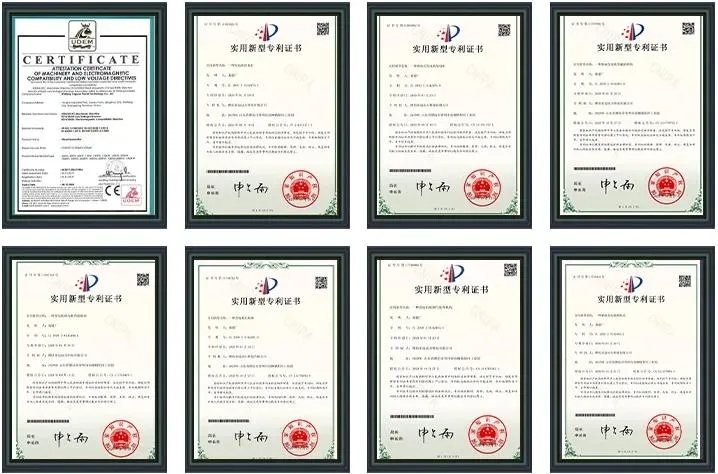https://www.lkpowerplant.com/60kw-150kw/ :
Diesel generators have long been a reliable source of power in various industries, providing backup electricity during outages or serving as the primary power source in remote areas. However, their use has also raised concerns about their impact on the environment, specifically in terms of air pollution and carbon emissions. In recent years, stringent environmental standards and regulations have been implemented worldwide to address these concerns and ensure that the use of diesel generators aligns with sustainable practices. This article explores the environmental standards applicable to diesel generators, the efforts being made to reduce their impact, and the future of these power sources in a sustainable world.
1. The Environmental Impact of Diesel Generators:
1.1. Air Pollution:
Diesel generators are known to emit various pollutants, including nitrogen oxides (NOx), particulate matter (PM), and sulfur dioxide (SO2). These emissions have been linked to adverse health effects and contribute significantly to air pollution. The combustion process in diesel engines, with its high compression ratios, is a primary source of these pollutants. Understanding the environmental impact of diesel generators is crucial in developing effective strategies to reduce their emissions.
1.2. Carbon Emissions:
Diesel generators are a significant contributor to greenhouse gas emissions, primarily carbon dioxide (CO2). As the world strives to combat climate change and reduce carbon footprints, it becomes imperative to explore ways to mitigate and minimize these emissions. The development of cleaner technologies and the adoption of sustainable practices are key to achieving this objective.
2. Environmental Standards for Diesel Generators:
2.1. International Standards:
Numerous international organizations, such as the United Nations Environment Programme (UNEP) and the World Health Organization (WHO), have developed guidelines and standards to regulate the emissions from diesel generators. These standards aim to limit the concentration of pollutants in the air and promote sustainable practices.
2.2. Regional and National Standards:
Many countries have also established their own regulations to control the emissions from diesel generators. These standards often take into account local environmental conditions and the specific needs of each region. Examples include the Environmental Protection Agency (EPA) standards in the United States and the Euro emission standards in Europe.
3. Efforts to Reduce Environmental Impact:
3.1. Advancements in Engine Technology:
Engine manufacturers have invested heavily in research and development to improve the efficiency of diesel generators and reduce their emissions. Innovations such as advanced fuel injection systems, exhaust gas recirculation (EGR), and selective catalytic reduction (SCR) have significantly reduced the levels of pollutants emitted by diesel engines.
3.2. Alternative Fuels:
One approach to reducing the environmental impact of diesel generators is the use of alternative fuels. Biofuels, such as biodiesel and renewable diesel, offer a cleaner-burning alternative to conventional diesel fuel. These fuels can be produced from sustainable sources, reducing carbon emissions and dependence on fossil fuels.
3.3. Emission Control Technologies:
The installation of emission control technologies, such as diesel particulate filters (DPF) and oxidation catalysts, can effectively reduce the levels of particulate matter and other pollutants emitted by diesel generators. These technologies help ensure compliance with environmental standards and improve air quality.
4. The Future of Diesel Generators in a Sustainable World:
4.1. Transition to Renewable Energy Sources:
As the world increasingly embraces renewable energy sources, the role of diesel generators is expected to diminish. The shift towards solar, wind, and hydroelectric power will help reduce reliance on fossil fuels and minimize environmental impact. However, diesel generators will still play a crucial role in providing backup power and supporting the stability of the electrical grid during the transition to renewable energy.

4.2. Integration with Energy Storage:
The integration of diesel generators with energy storage systems, such as batteries, can enhance their efficiency and reduce their environmental impact. By storing excess energy during periods of low demand and using it during peak times, the need for continuous operation of diesel generators can be minimized, resulting in reduced emissions.
4.3. Embracing Hybrid Solutions:
Hybrid systems, combining diesel generators with renewable energy sources and energy storage, offer a promising solution to reduce carbon emissions while ensuring reliable power supply. These systems optimize the use of multiple energy sources, allowing for greater flexibility and efficiency.
Conclusion:
The environmental impact of diesel generators has been a growing concern in recent years, leading to the implementation of stringent environmental standards and regulations. Efforts to reduce their emissions have resulted in advancements in engine technology, the adoption of alternative fuels, and the use of emission control technologies. As the world moves towards a sustainable future, the role of diesel generators is expected to evolve, with a greater emphasis on renewable energy sources, energy storage integration, and hybrid solutions. By adhering to environmental standards and embracing innovative technologies, diesel generators can continue to provide reliable power while minimizing their impact on the environment.
